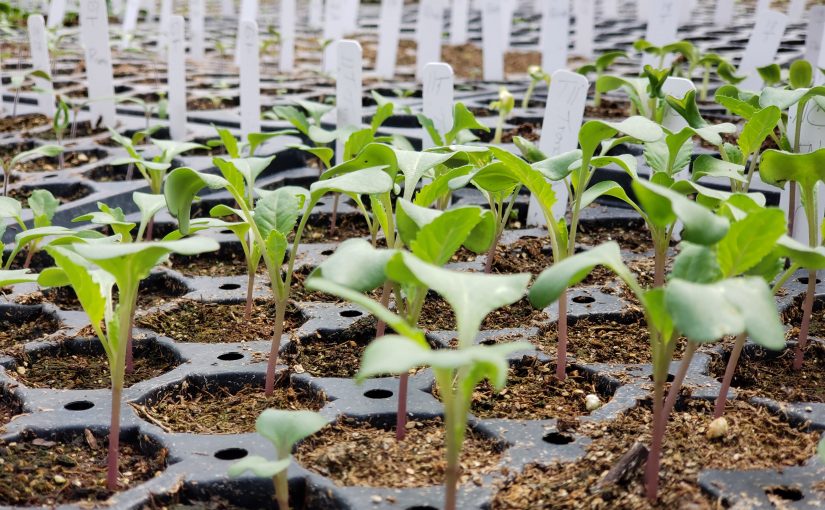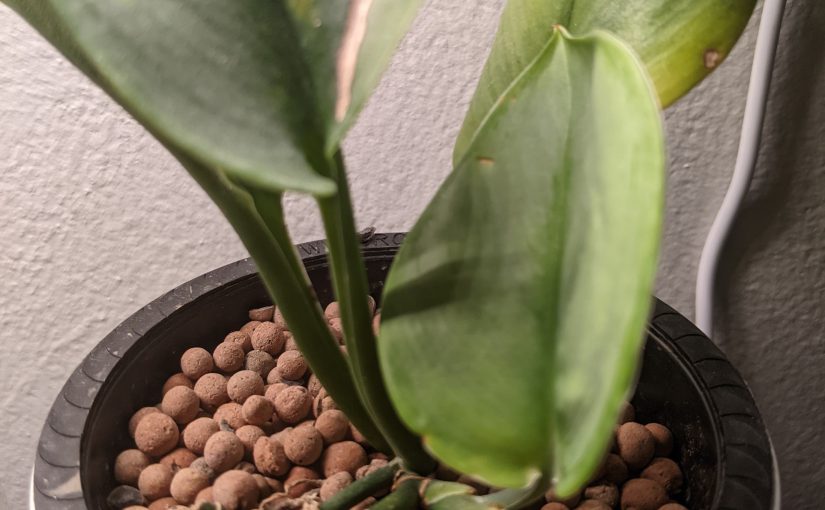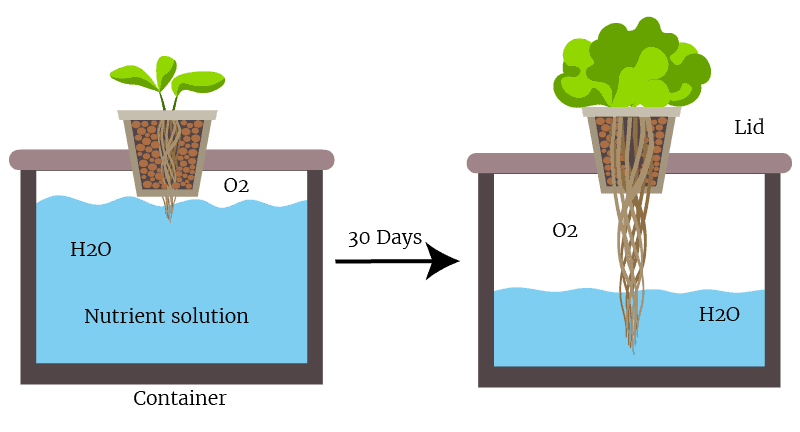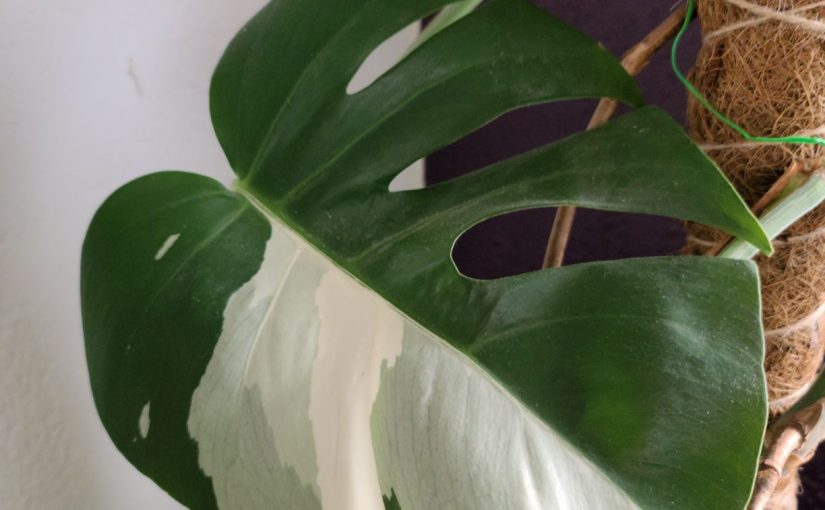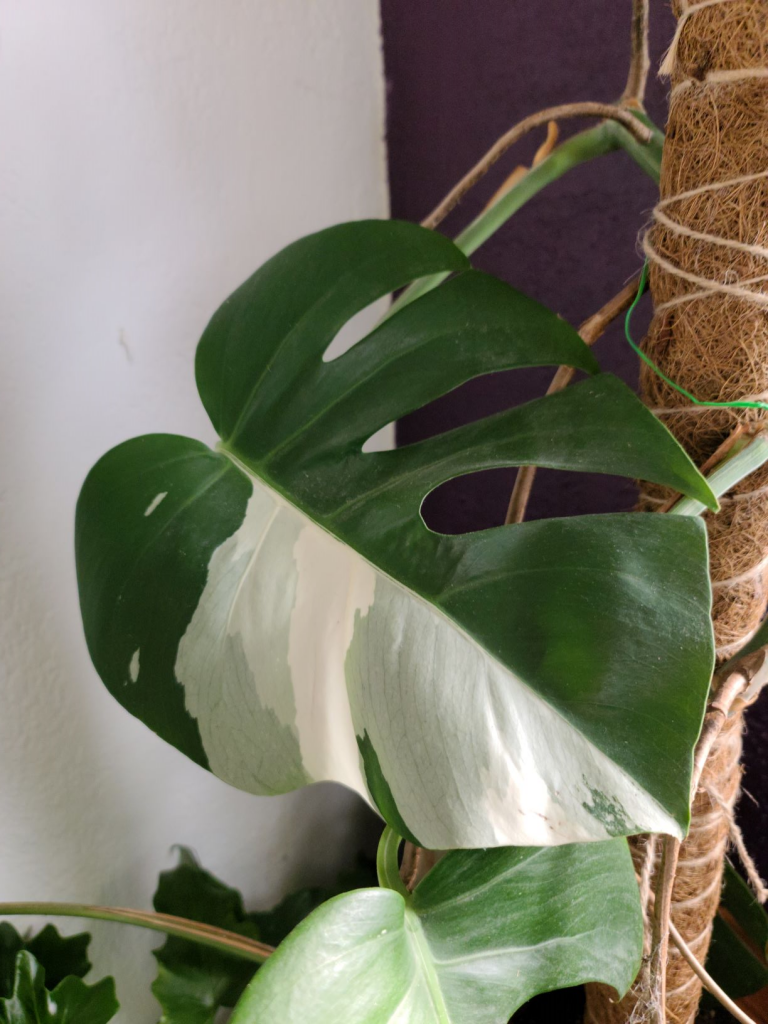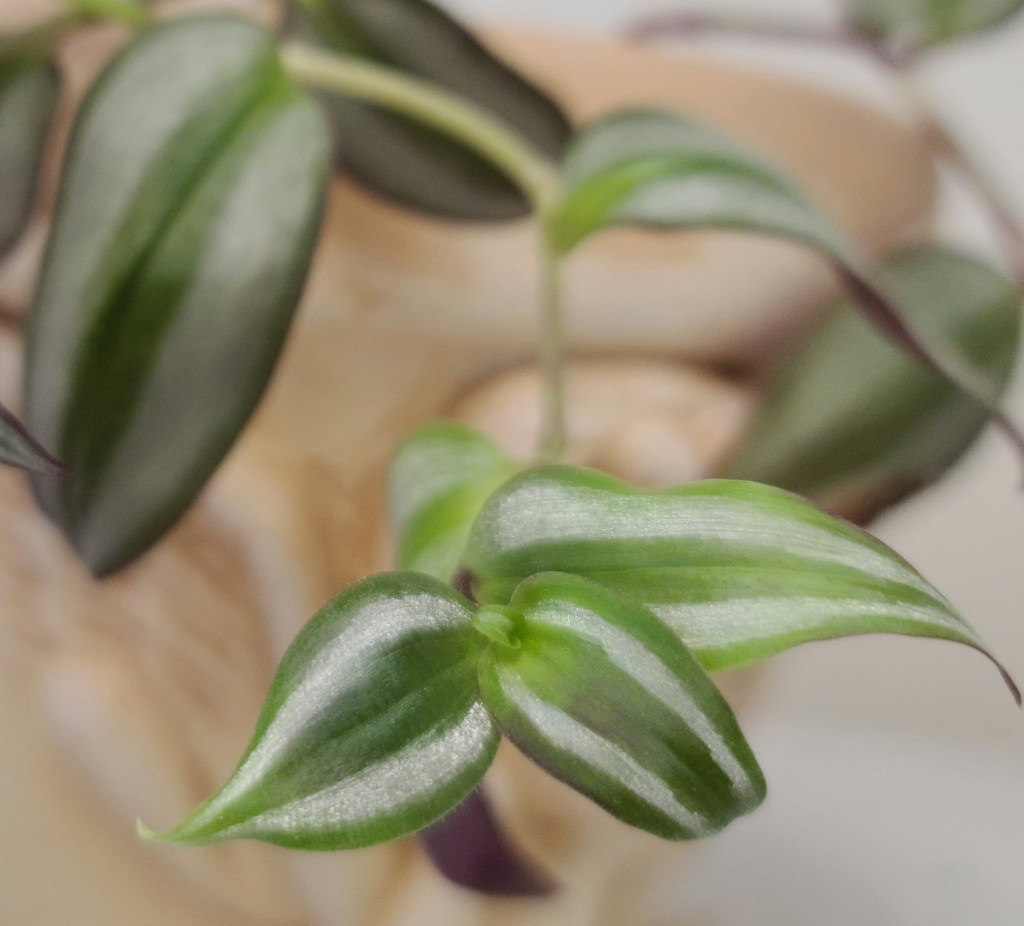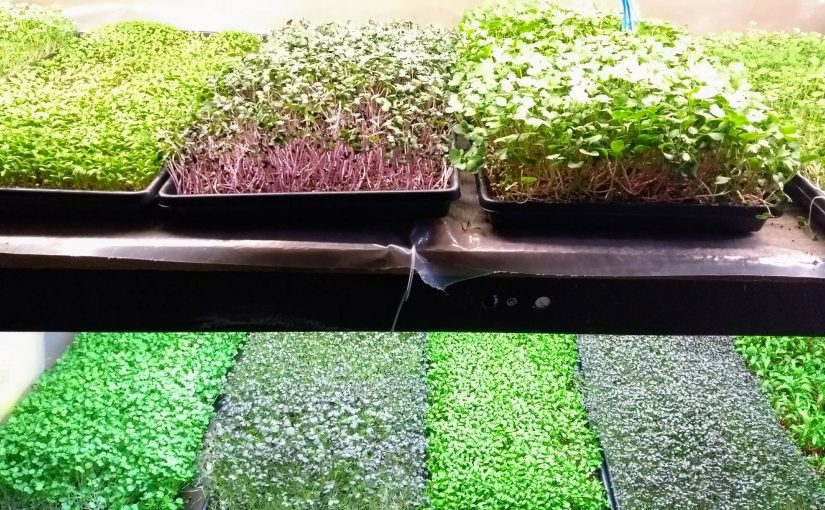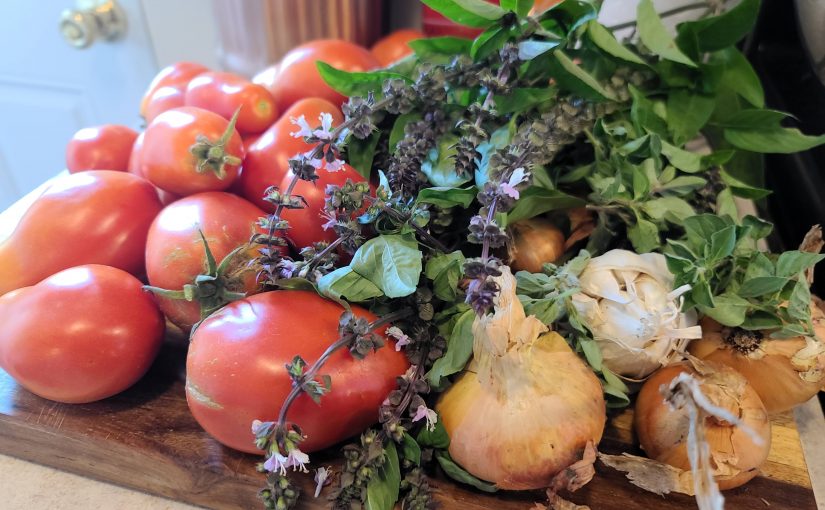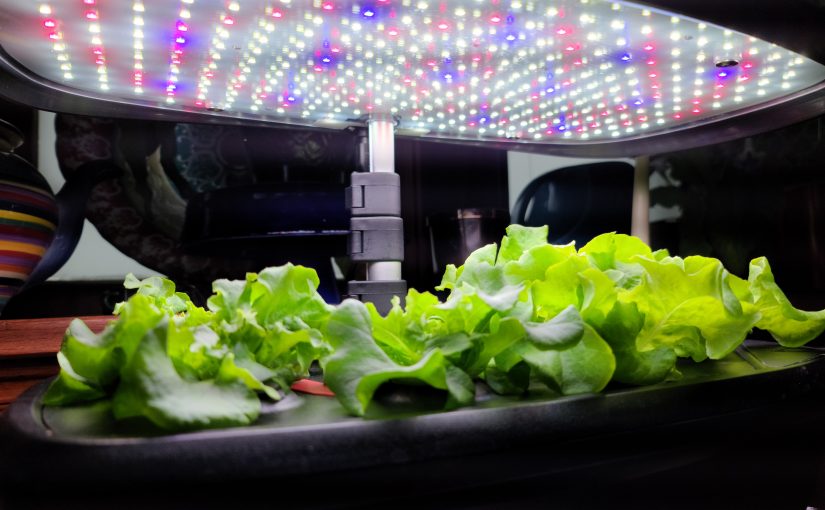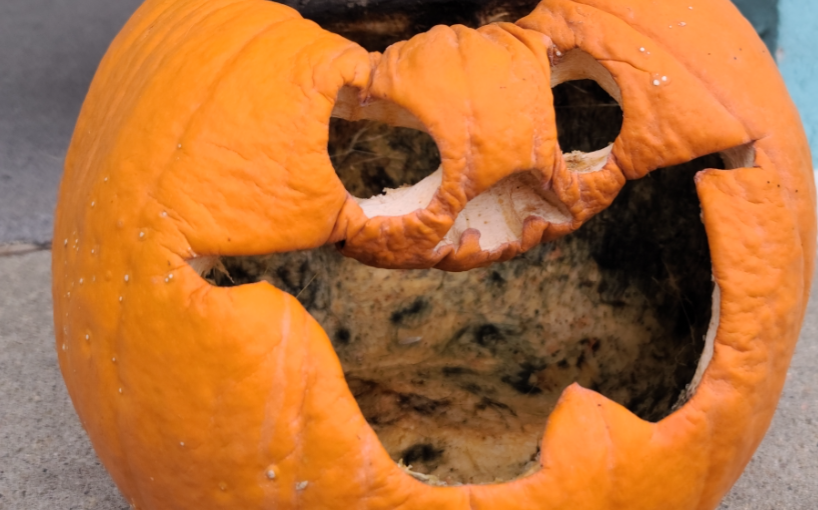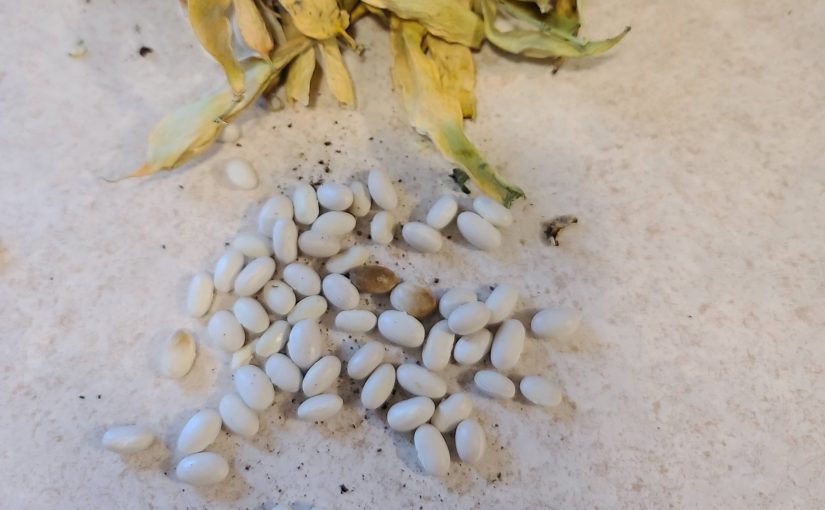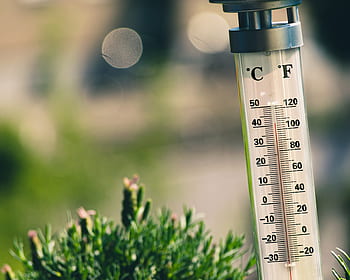Given the growing (haha) popularity of vegetable gardening over the last several years, which has gone into overdrive during the pandemic, more and more people are looking for innovative ways to grow in all kinds of spaces. Container vegetable gardening can be as simple as popping a tomato into a bucket, but there are lots of different ways to successfully grow crops in small, mobile containers. It is possible to grow full sized crops in containers, given a large enough container and space to grow. But more and more plant breeders have been developing small and dwarf cultivars of lots of different kinds of crop plants to meet the burgeoning interest in container and small space gardening. Let’s talk a bit about growing in containers, about some of those crops that do well in containers (including some dwarf/small cultivars, and even some design to make those vegetable containers attractive on your patio or porch.
Container Culture
Growing vegetables and fruits in containers follows the same general rules that ornamentals and houseplants follow. We’ve covered several container questions here on the GP blog, which you can find here. Probably one of the biggest questions (and myths) that we encounter is the placement of rocks or other items in the bottom of pots for drainage. It is a common question over on our social media. So to just get that out of the way, don’t do it – it actually makes drainage worse. The only exception might be if you are using a really large, deep pot and need to fill it with something so you don’t have to fill it all the way with soil – but you still need to ensure that the soil is sufficiently deep so that you don’t end up with waterlogged soil in the root zone.
Here are some other best practices to keep in mind:
- Use only good quality potting mix, not garden soil, top soil, or “bargain” potting mix. Container culture means that soil needs to be “light and airy” to ensure proper balance of soil, air, and water.

- Choose the right size and shape of container for the job. You have to look at container diameter for the plant size, but also ensure the proper depth and volume of soil to support root growth. Small crops like leafy greens can make do in a shallower container, but large rooted plants like tomatoes and peppers will require a larger volume. For example, you can grow one tomato plant in a five gallon container (if you’re a “thrifty” gardener, this means you can drill some holes in the bottom of a food-safe 5 gallon bucket). But you can also grow 12 carrots in the same size container, given that the soil is deep enough to accommodate the carrots. For a good size and spacing chart for “standard” sized crops, check out this table from UF Extension.
- Drainage is a must. Make sure your containers have good drainage holes (and don’t add rocks!). If your containers are in an area exposed to rain, it would be best not to have saucers under them so that they don’t sit in water.
- Make sure the containers are food safe. This isn’t an issue if your using just about any purchased container meant for container gardening, but if you’re repurposing containers you want to make sure they won’t breakdown or leach chemicals into the soil. Some plastics will break down in sunlight, but most should be food safe. The one big exception is plasticized (softened) PVC. Hard/rigid PVC is OK, but the softer plasticized versions can release dangerous phthalates when breaking down. You can look for the number 3 in the recycling symbol to know if you have PVC, and if it is soft and pliable don’t use it. Galvanized metal is another risk, as it can release zinc or cadmium into the soil both of which are harmful to humans. This is alarming as metal containers and raised-bed garden kits have been hitting the market and lots of people grow in galvanized livestock tanks. Be sure if you are using metal containers that they are either not galvanized or are sealed (or you create a barrier) if they are.
- Make sure the light is right. Growing in containers doesn’t mean that tomatoes and cucumbers will become shade-loving plants. You’ll still need a minimum of 6 (preferably 8-10) hours of full sun for most fruit or root crops. You can grow shade tolerant crops, like most leafy greens, in shaded areas such as covered porches and under trees.
- Nutrients are limited to what is in the potting soil, so keep an eye out for signs of nutrient deficiency and fertilize accordingly. Most potting soil comes with an initial dose of fertilizer, but you’ll probably need to add more through the season.
- Keep on the lookout for insects and diseases – they still happen in container plants, too.
Little Plants for Big Flavor
It is possible to grow most standard vegetable plants in containers, save for maybe giant plants like pumpkins and some squashes. However, breeders have been developing numerous crops in small, container-ready sized plants over the last decade or so. These cultivars can let you grow more plants in smaller containers. For many, the fruit or harvestable portion is similar to that of the standard sized plant, but for others the edible parts are miniature themselves. These plants are not just cutesy wootsy (though they really are that), but they are also great alternatives to pump variety into any sized garden.

As a trial judge for the All-America Selections program, I’ve had the pleasure of trialing several plants over the last few years that are great for containers, including the 2021 AAS regional winner Pot-a-peno jalapeno pepper bred by Pan-
American seeds. I’m excited that this year, a new trial has been added to the program to specifically trial plants for container growing, so be on the lookout for more container garden winners in the future.
Container-sized vegetables come in all shapes and sizes. Some of my favorites are ‘Patio Choice Yellow’ Tomato, which grows 18 inches tall and produces numerous yellow cherry tomatoes and the 2-ft tall ‘Patio Baby’ eggplant that produces 2-3″ eggplants (both plants are AAS winners). There’s the cucumber with only 3 foot long vines called ‘Patio Snacker’ and a 4 inch cabbage head named ‘Katarina’. You can find a fairly good list on this document I put together for my container vegetable gardening workshop:
Mini varieties of plants have even created some community-driven projects, like the Dwarf Tomato Project that uses a co-op type process where home gardeners are crossing plants in their own gardens to develop new dwarf cultivars of tomatoes.
Vegetable Garden, but make it Pretty

Many who grow container gardens like to make attractive gardens to decorate their porches, patios, and decks. Vegetable gardens can range from the utilitarian (like a tomato plant in a 5 gallon bucket) to the beautiful. There are lots of ways to mix plants to get a good container design if that’s what you’re after. Mixing color, shape, and form of plants can be done just as easily with vegetables as it can be with petunias and geraniums. You can add in flowers for extra pops of color as well. All one needs to do is search the internet (especially places like Pinterest) to find ideas for dressing up container gardens. I talk about container designs with vegetables in my recent talk (recording shared below) and the plant list I shared above.

